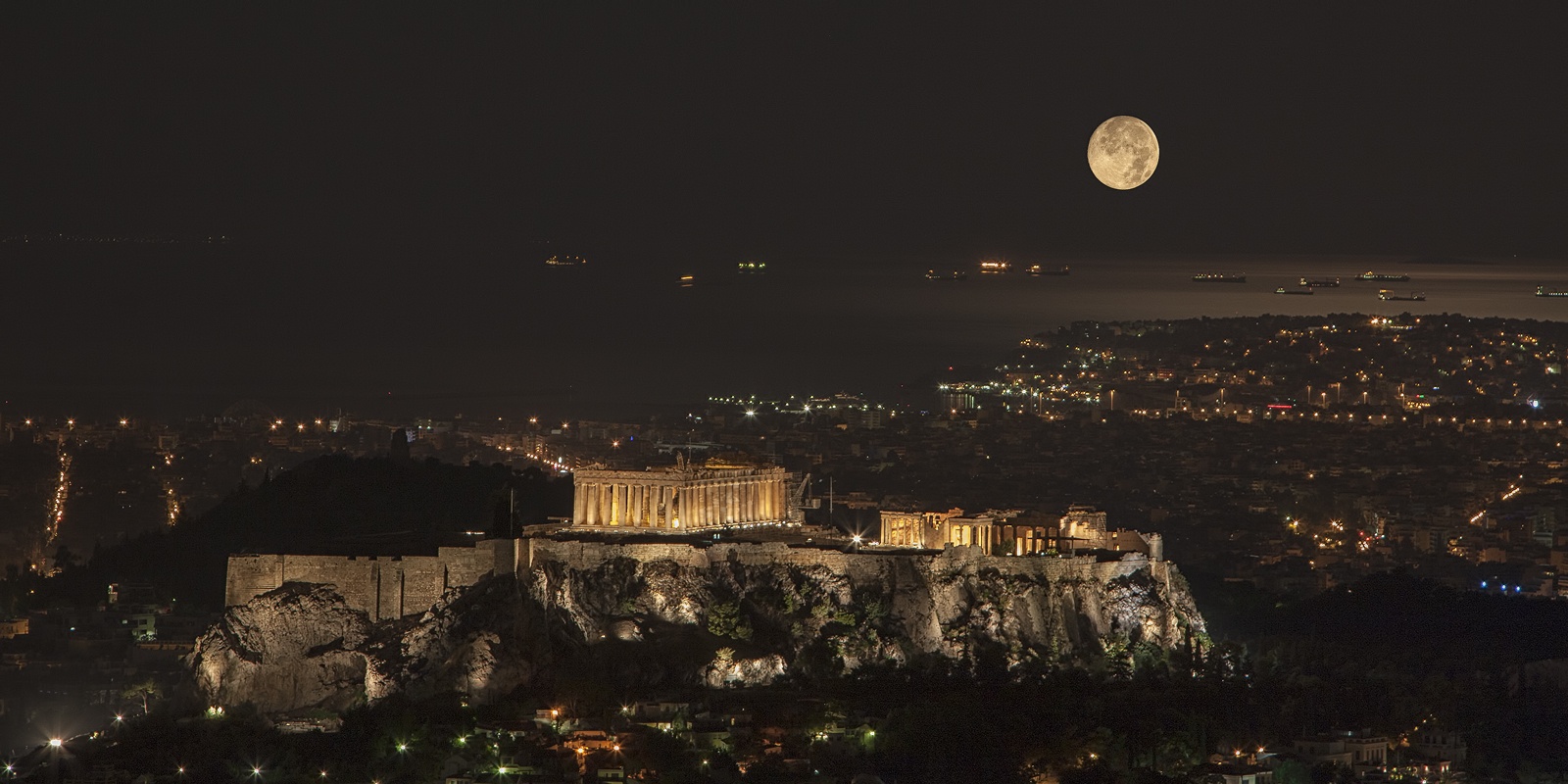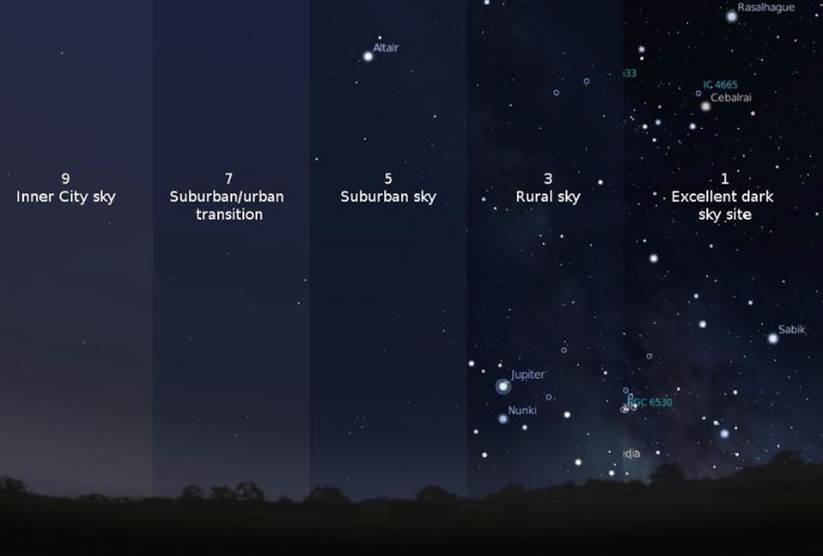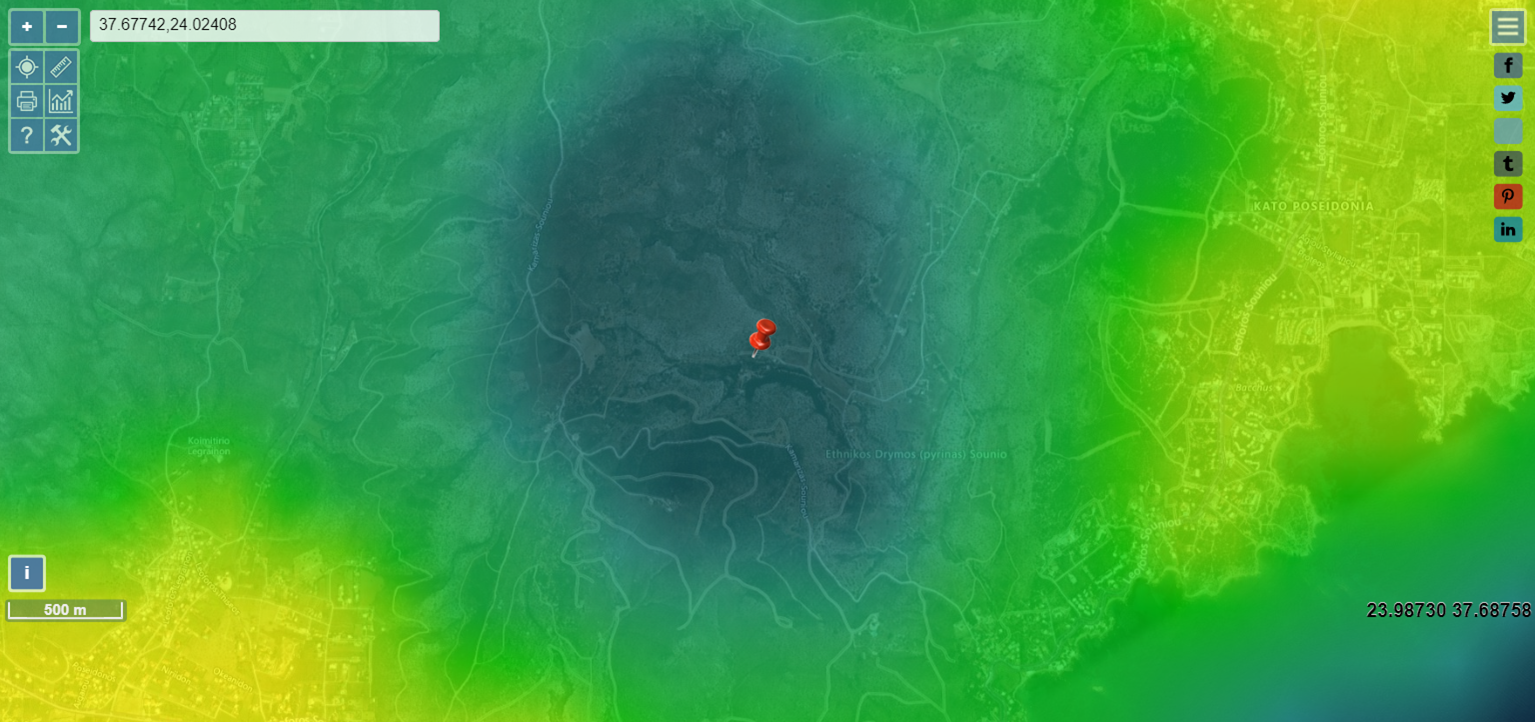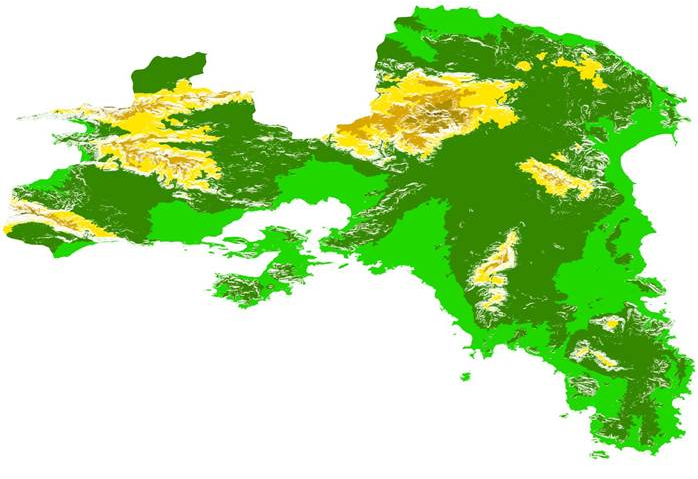Our goal is to define the best places in Attica, greece for astronomical onservation. Urban astronomy faces quite a few challenges from the problems arising from urbanization such as light pollution.




G. Roympea, M. Pandi
5
15
13-15
Our goal is to define the best places in Attica, greece for astronomical onservation. Urban astronomy faces quite a few challenges from the problems arising from urbanization such as light pollution.
Keywords: Earth observation
Needs: Visit stakeholders for mentoring
Our goal is to define the best places in Attica, greece for astronomical onservation. Urban astronomy faces quite a few challenges from the problems arising from urbanization such as light pollution.
Earth observation
Visit stakeholders for mentoring
Our school tries to build its own telescope!!! But big cities like Athens affect the astronomical observation due to its lights and air pollution. We want to learn about these effects, find the best places in our city for observations and create an Urban Astronomy Map for all amateur astronomers in Athens.

View from Mount Lycabettus, Athens, Attica, Greece (https://nightskygreece.gr/supermoon-aldebaran/view-from-mount-lycabettus-athens-attica-greece/)
With the help of our teachers we found out that the main problems of an urban astronomer is light pollution from the city’s lights, air pollution and reduced visibility due to high buildings. Metereological parameters such as humidity and cloudiness also have a major role for the suitable period of observation. In order to stydy all the above and find the best places in Athens for astronomical observations we will work with experts to provide us suitable data and help us understand how the urban ecosystem affects urban astronomy.

–
Climate and Climatic Change Group – UoA
Ilias Agathangelidis
Climate and Climatic Change Group – UoA
The Science Team has been organized in sub-teams responsible for each dimension of our project:
The Light pollution team contacted experts from NKUA in order to find light pollution data
The Air pollution team met online an expert to talk about air pollution and gathered data from existing online databases.
The Topography and the Land use team discussed with remote sensing experts about the use of elevation data and GIS technologies.
The Metereology team met online an expert form NKUA and learned that meteorological parameters have temporal and spatial variability.
The science reporters gather info from all teams and tried to disseminate our project to the school community.
The Light pollution tean has already identified the best places in Attica for astronomical observations. With the use of light pollution data from https://www.lightpollutionmap.info/ and the Google Earth software we located the least light polluted area and wrote down the coordiantes. Find more in our presentation (in Greek).

The Air pollution team is gathering data from air quality stations in order to locate the least polluted areas and to find out if there are specific months of the year wich higher pollution. Some preliminary results of this analysis are shown in the following figure (PM2.5 concentration for two stations in Athens, data from https://waqi.info/#/c/37.954/23.675/13.6z ). To create the chart we used the PULCHRA Visualization Tool.

The Topography team used elevation data provided from external experts to locate the best places for onservations. With the help of experts other parameters like slope and aspect were also added in the analysis. Find more and explore our selected sites in THIS report.

Every Saturday the Science team meets online and discuss about the project. The science reporters record the progresss of the project and created the first article about the project. The aim is to promote the project to our school community and inform the other students about the project.
Find the first article HERE
The first draft of the Urban Astronomy Guide of Athens can be found HERE (in Greek). Please check regularly for updates since it is currently under development.
We will be very happy to have your fedback and/or comments!

This project has received funding from the European Union’s Horizon 2020 research and innovation programme under grant agreement No 824466.
This page reflects the views of the author and the European Union is not responsible for any use that may be made of the information it contains.
Join our social media